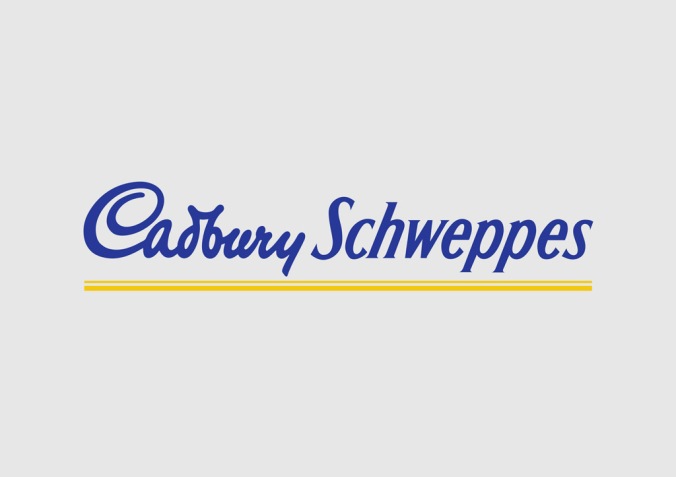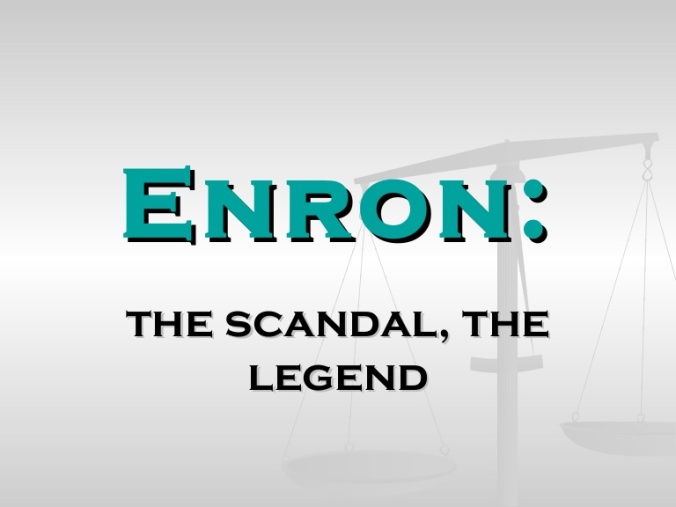Figure 1 (Google Source)
The facet of Ethics and Leadership
Ethical leadership is defined as “the demonstration of normatively appropriate conduct through personal actions and interpersonal relationships, and the promotion of such conduct to followers through two-way communication, reinforcement and decision-making”(Rubin et al 2010: 216-17). Based on this statement, to really understand Ethical leadership, we must first expand on what is ethics and leadership individually.
Ethics from a general viewpoint is the concept of practicing a universal code of conduct that benefits all people and the environment that they are in. Leadership on the other hand is having the ability to influence people on meeting with objectives and vision of the leader, two entities working hand in hand to achieve a common goal.
In regards to organizational practices, ethical leadership comes into significance. It is not just about knowing the surface of acting upon what is morally good and bad as a leader, its also taking into account personal actions and decision-making compromising values and principles that benefits both the organization and the employees in a ethical manner. But to what extend can ethical practices be justifiable as ethical or unethical. Two companies will be illustrated in this blog to demonstrate ethical and unethical practices and the impact that has brought to the environment.

Figure 2: Cadburry Scweppes (Google Source)
Cadburry Scweppes on Ethical Responisbilities
Cadburry Schweppes was voted as one of the ‘most admired companies for the community and environmental responsibility’ by Management today magazine in 2013 (Cadbury Schweppes Corporate and Social Responsibility Report, 2002). Example of their ethical practice is supporting cocoa farming communities in Ghana through programs on sustainable tree crop management and building wells for drinking water. Furthermore establishing the international cocoa initiative that’s aimed to support field projects in West Africa and will act as a clearinghouse for best practices to ensure that cocoa is grown responsibly (Cadbury Schweppes Corporate and Social Responsibility Report, 2002). In return of their practice, not only they help build communities but also they simultaneously increase the quality of their product through sustainable crops of quality beans.

Figure 3: Enron (Google Source)
The Dark Side of Enron
An example of unethical practices is Enron, which is an energy, commodities and service company that used Arthur Andersen, an accounting company to conduct fraudulent loopholes to increase their revenue through employee pensions and money laundering (Bien and Carsten 2007, p 187). The effect of this unethical practice has left a dent in terms of employees lost pension and damaged relationships, finally the company was announced bankrupt on 2001. This was due to leaders, bankers and advisors that aided the company that focused more on satisfying stakeholder by reaping profits unethically which finally led their doom.

Figure 4: Immanuel Kant (Google Source)
Deontological and Teleological Ethics
Using the two frameworks of Deontological ethics and Teleological ethics, we can identify how ethical leadership can wear a dual mask in providing different impacts to organizations and stakeholders. Deontological ethics, which was formulated by Immanuel Kant, is an ethical decision-making based on duty or rules. Teleological frameworks, also known, as “Consequentialist” are ethics based on the outcome of a result rather than duty based. Hoover and Pepper (2014, p 608) states that Utilitarianism, a form of teleological ethics is mainly used by corporate managers to conduct decision making ethics corresponds to the maximization of economic value, such as cost –benefit analysis and profitability.
4V model Framework
The 4V model framework is another ethical leadership framework that expands on moral development, human development, leadership development and community development. Best practiced on an individualistic manner, this framework consists of values, vision, voice and virtue. Value carries an individual’s ideas, principle and direction that are able to influence behavior and perception. Vision is the ability of a leader to frame and commute their actions in the service to others. Voice is the process of articulating the vision with explicit clarity to motivate other people. Virtue are personal principles that differentiate one person to another, it is the collective output of their practices in daily lives.

Figure 4 (Google Source)
Two-Way Communication in Organisation Structure
These frameworks are foundational pillars that propel future leaders to embed a tone of trustworthiness, respect and responsibility to organization leadership. However in current times, ethical leadership is also bounded with on going issue of hierarchy structures and authority. Due to this phenomenon, there are misconceptions between making right decisions and doing the right thing. Current scholars and business executives are continuously conceptualizing on implementing ethical leadership practices that requires both the higher ups and subordinates to problem solve together and come up with solutions that benefits the organization without hierarchy structure (Bien and Carsten, 2007, p189).
For future recommendation, it is suggested that future leaders imprint Upward Ethical Leadership in their policies and code of conduct. (Bien and Carsten, 2017) explains that upward ethical leadership will encourage two-way communication rather than just one way. Which can be quite beneficial due to the reason that two parties are working together providing different avenue and perspective of ethical decision-making. This approach also known as shared leadership.
(Word Count: 796)
References
- Bien, M.U., Carsten, M.K., (2007) ‘ Being Ethical When the Boss is not’. Organizational Dynamics 36 (2), 187-201
- Hoover, K.F., Pepper, M.B., (2014) ‘How did they say that? Ethics statements and normative frameworks at best companies to work for’.
- Rubin, R, Dierdorff, E, & Brown, M (2010), ‘Do Ethical Leaders Get Ahead? Exploring Ethical Leadership and Promotability’, Business Ethics Quarterly, 20, 2, pp. 215-236.
- Business case studies (2002) Ethical Business Practices: A Cadburry Schweppes Case Study [online] available from < http://businesscasestudies.co.uk/cadbury-schweppes/ethical-business-practices/the-importance-of-ethics-in-business.html> [27 September 2017]

Nicely synthesized blog! You covered all the required points in a concise manner and managed to convey your thoughts on the theme very well. Your examples show your clear understanding of this topic.
I would to like ask whether you think deontological and teleological principles of ethics are fully reliable for leaders to follow? If no, what are the main limitation of each principle?
LikeLike
thank you for your comment Mushiirah, personally these principles act as guiding purpose as ethical issues come in various forms and complexities. It depends on the leader and their behaviour and personality on the reliability of these principles. Having understanding both principles however can provide a leader with perspective measures to tackle the ethical situation. To answer your question, for deontological principle, the limitation is that theres no room for flexibility, rules are rules and so when an ethical situation in regards to bending the rules for a greater outcome would be defeated. For teleological, the limitation is that often the principle can be perceived as a mask to cover unethical behaviour for a greater outcome. i hope that answers your question. 🙂
LikeLiked by 1 person
Yes Alcon. Very pertinent response!
LikeLike
Hi Alcon,
You have written very well blog. From the example you mentioned, I can say the unethical practice is effecting negatively the leadership and what ever the unethical leaders do, in the end they will be a shame for the rest of their life.
LikeLike
very much agreed, unethical behaviour usually has a compounding effect that may not be apparent at first, but overtime the bubble will eventually burst
LikeLike
Hi Alcon, good write up. Which type of leader are you teleological or deontological?
LikeLike
I see myself to be a deontological leader, but it can change depending on the situation. but majority of the time i see myself as a deontological leader
LikeLike
Hi Alcon, very detailed explanations! May I know if you are a Deontologist or a Teleologist?
LikeLike
i see myself to be a deontologist. But if i were to be put in a situation where life and death is at hand. Teleological approach will be more effective
LikeLike
Very informative blog about the importance of ethics in leadership and how an unethical leadership could drag down an entire organization. the application of 4v model was well explained and defined. Good Job Alcon
LikeLike
Thank you Amir, only after going through this subject matter that i have discovered all the complexities of ethical and unethical issues thats been happening within organisations. it certainly has pinpointed on what kind of leader i ought to be and not to be.
LikeLike